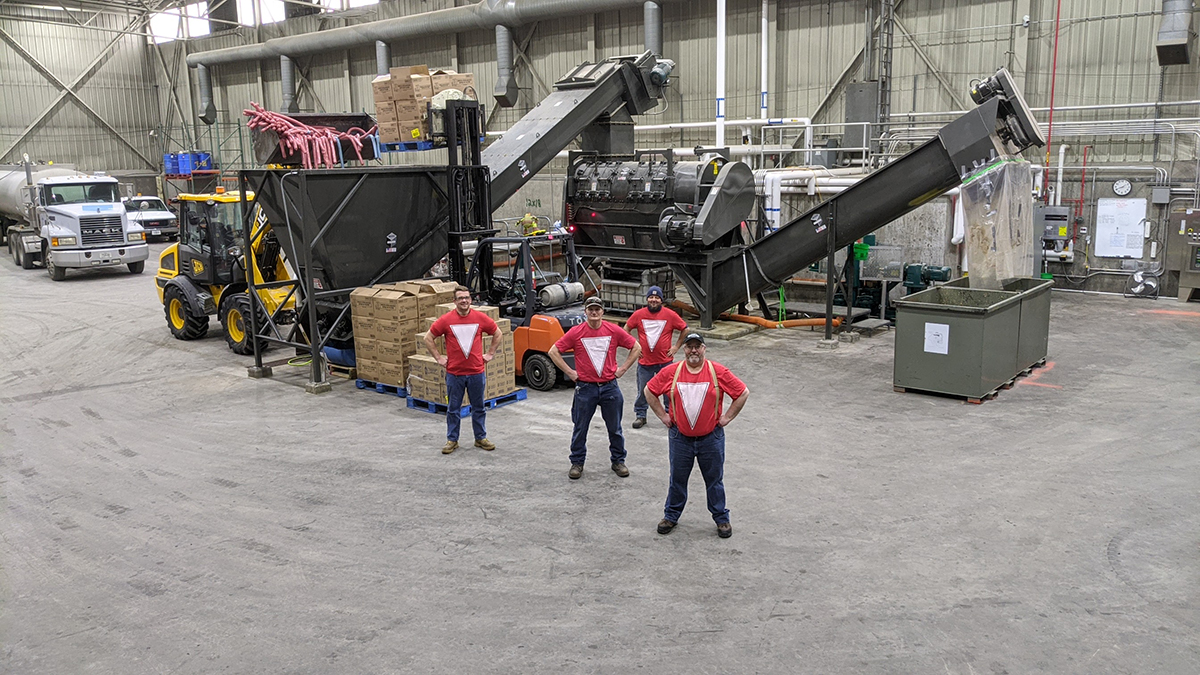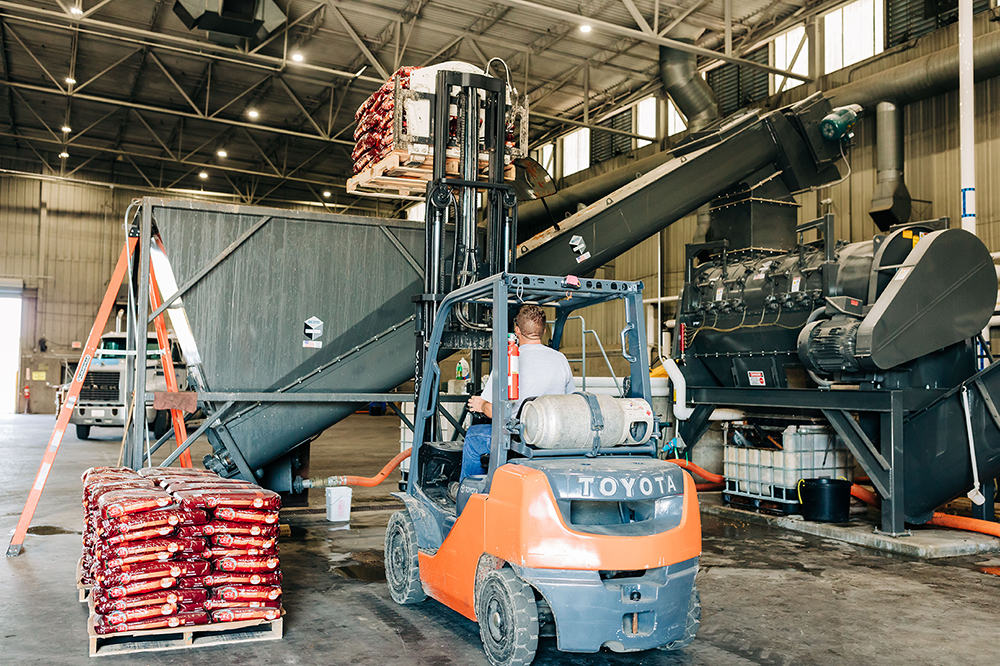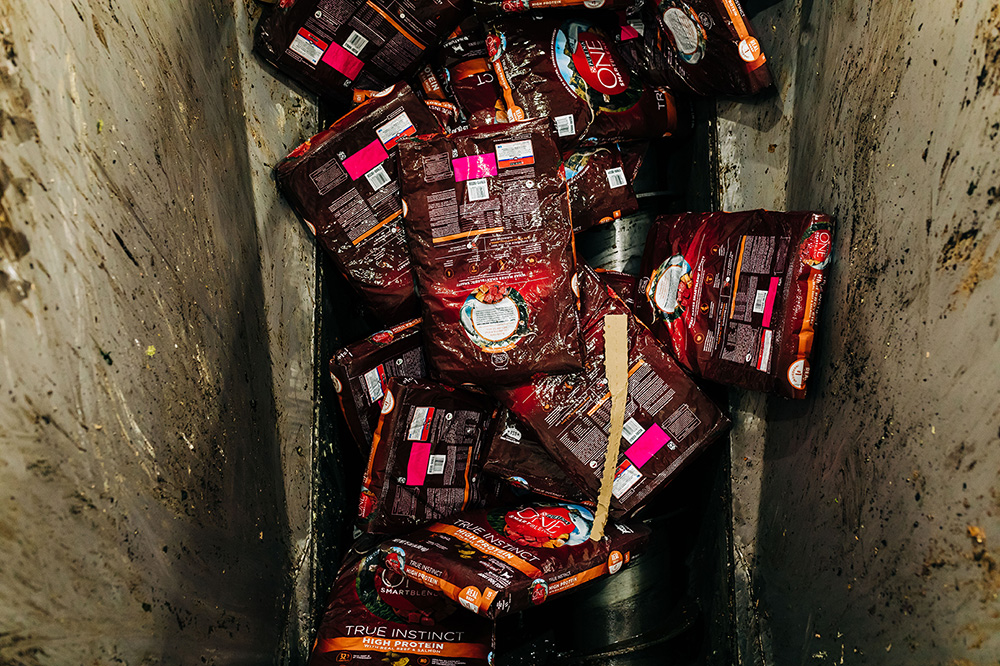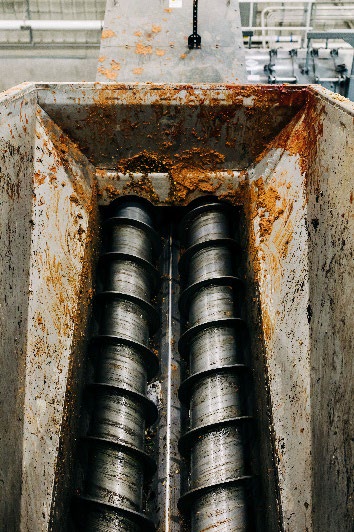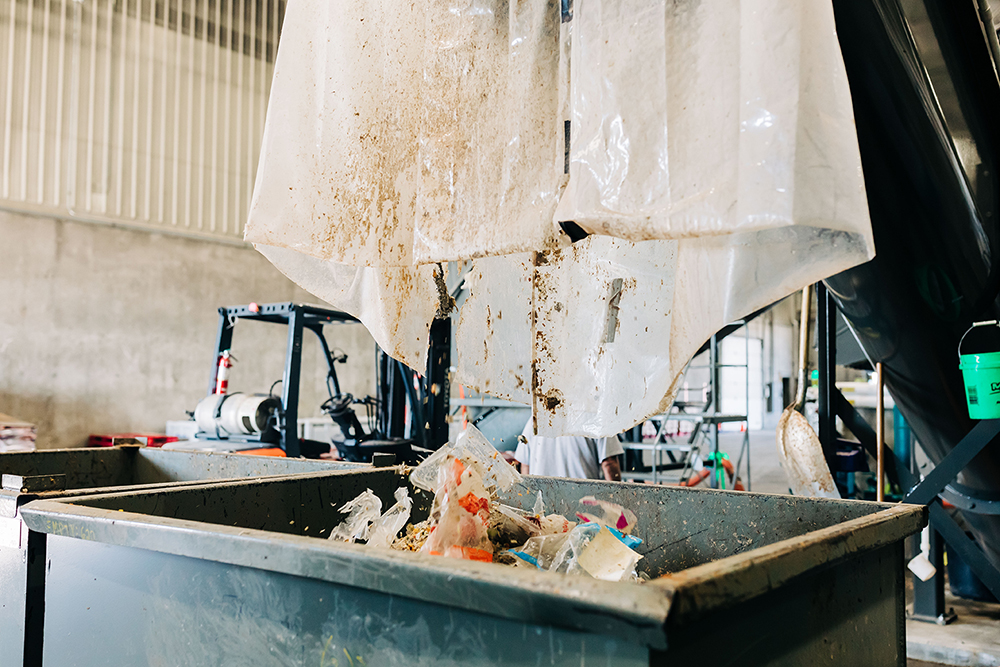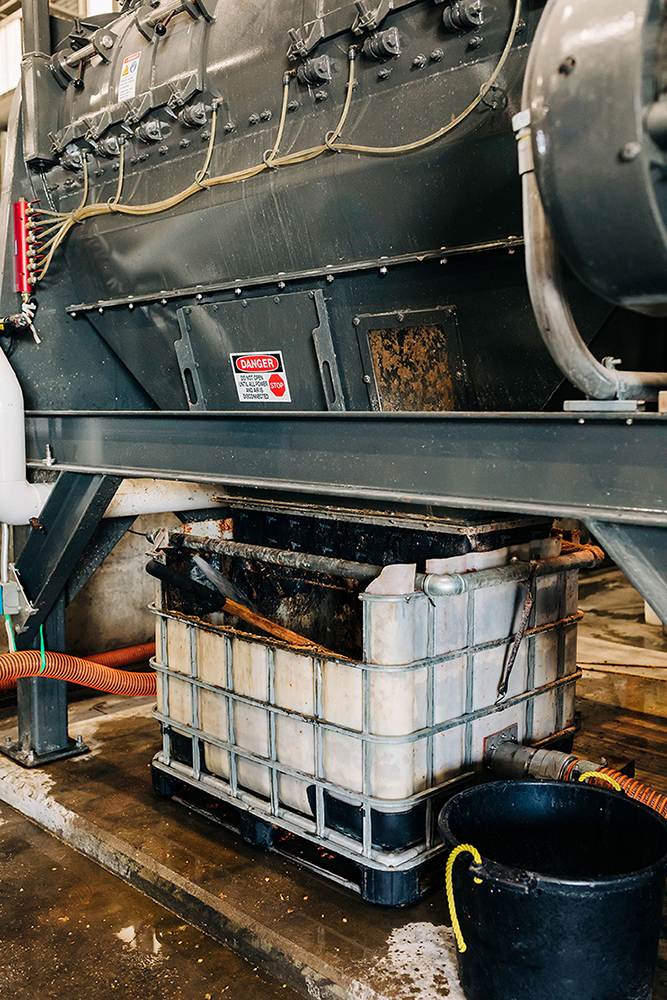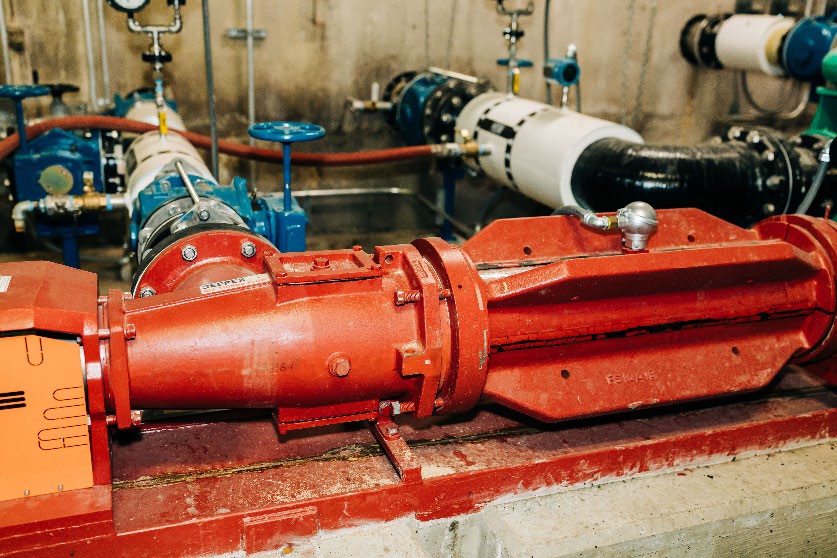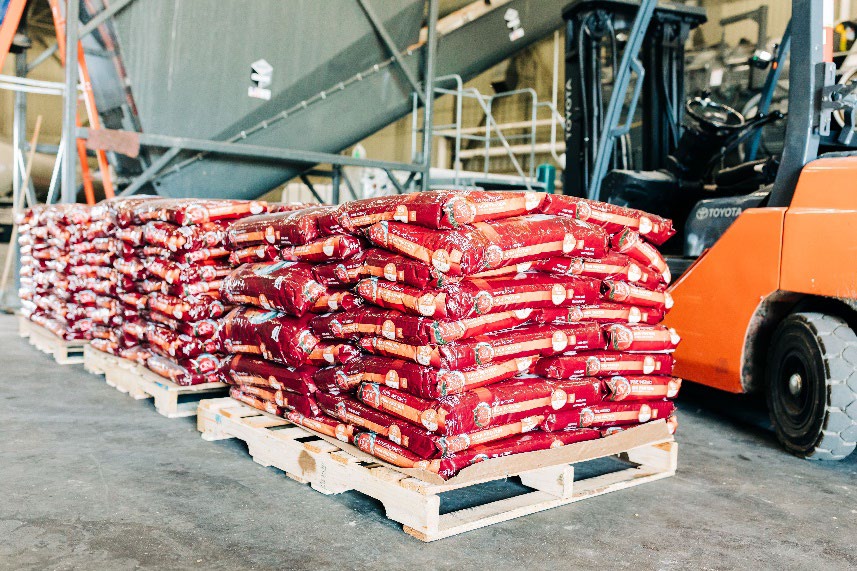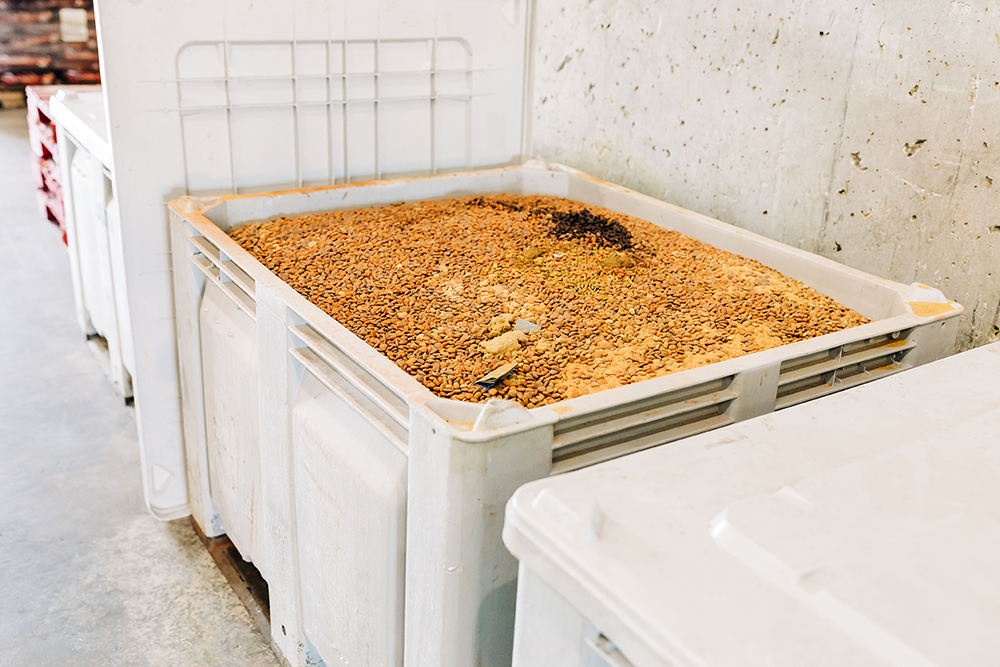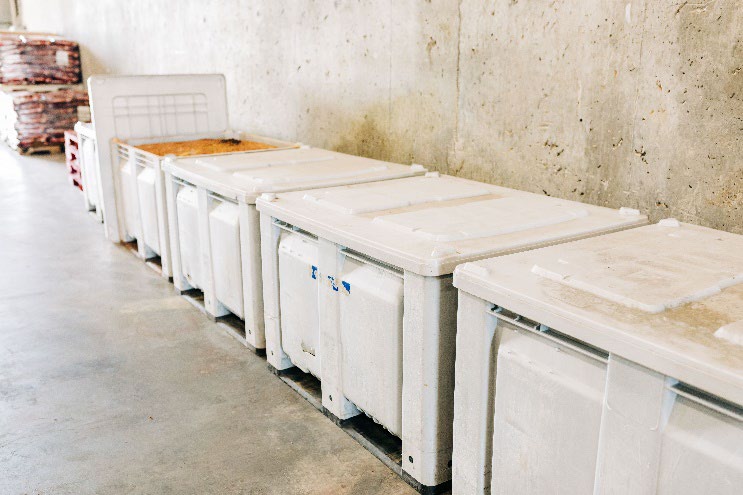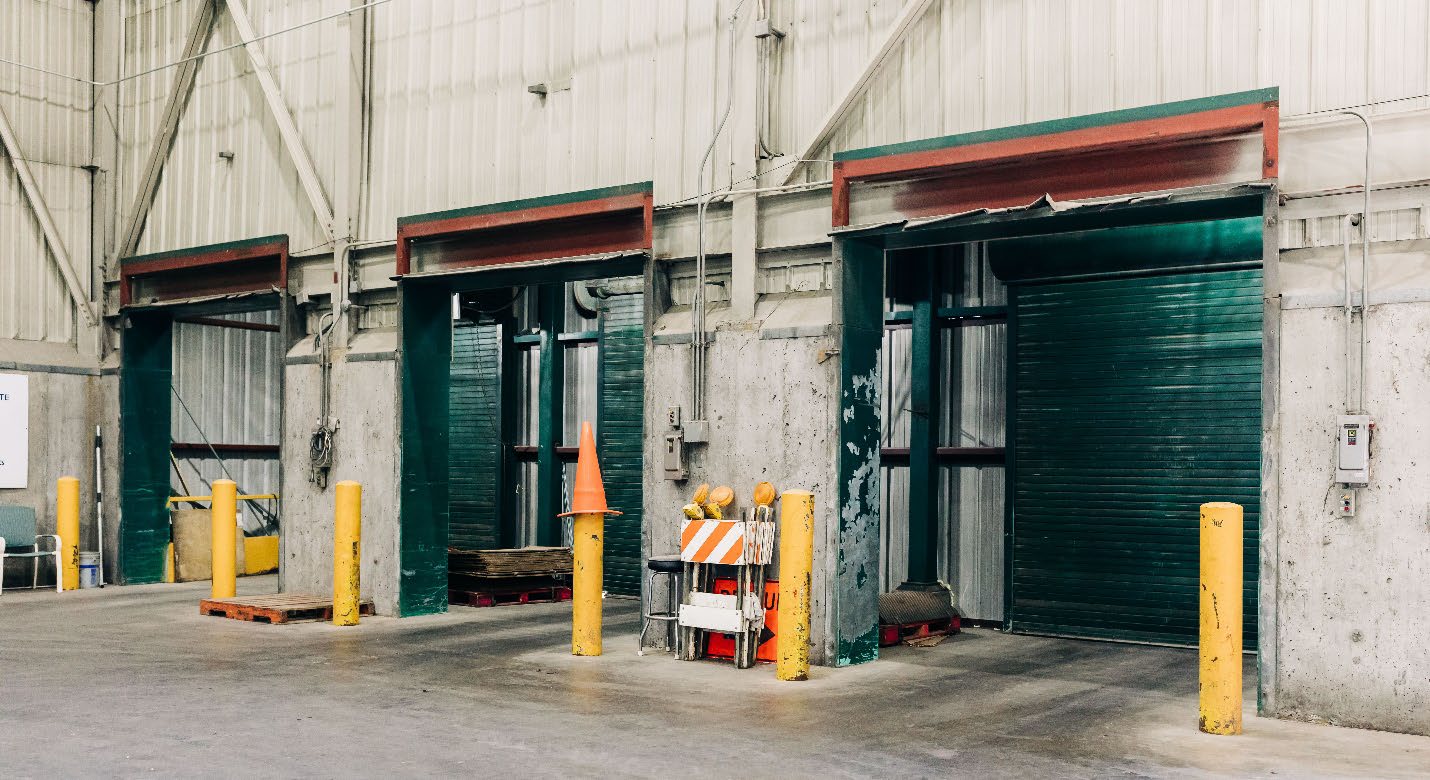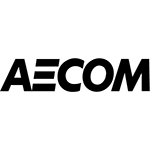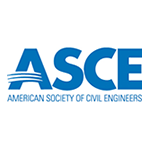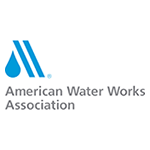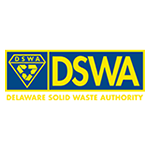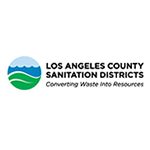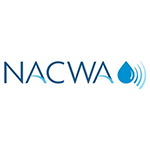- Home
- Contact Us
- News & Events
- Awards
- AAEES Awards Criteria
- 40 Under 40 Recognition Program
- Edward J.Cleary Award
- Excellence in Environmental Engineering and Science Education
- Gordon Maskew Fair Award
- Honorary Member
- International Honorary Member
- Ralph and Joe Bales Graber Science Award
- Stanley E. Kappe Award
- Environmental Communications Awards Competition
- Excellence in Environmental Engineering and Science Competition
- The AAEES Chapter Blue Marble Award
- Resources
- AAEES Microcredentials
- AAEES Press Releases
- AAEES Website How To VIdeos
- Environmental Engineer and Scientist
- Environmental Engineering Body of Knowledge
- PFAS Resources
- Specialty Examination Guide
- Students and Young Professionals Resources
- Who's Who in Environmental Engineering & Science®
- Leadership Opportunities
- Membership
- Donate
- Jobs
2022 Excellence in Environmental Engineering and Science® Awards Competition Winner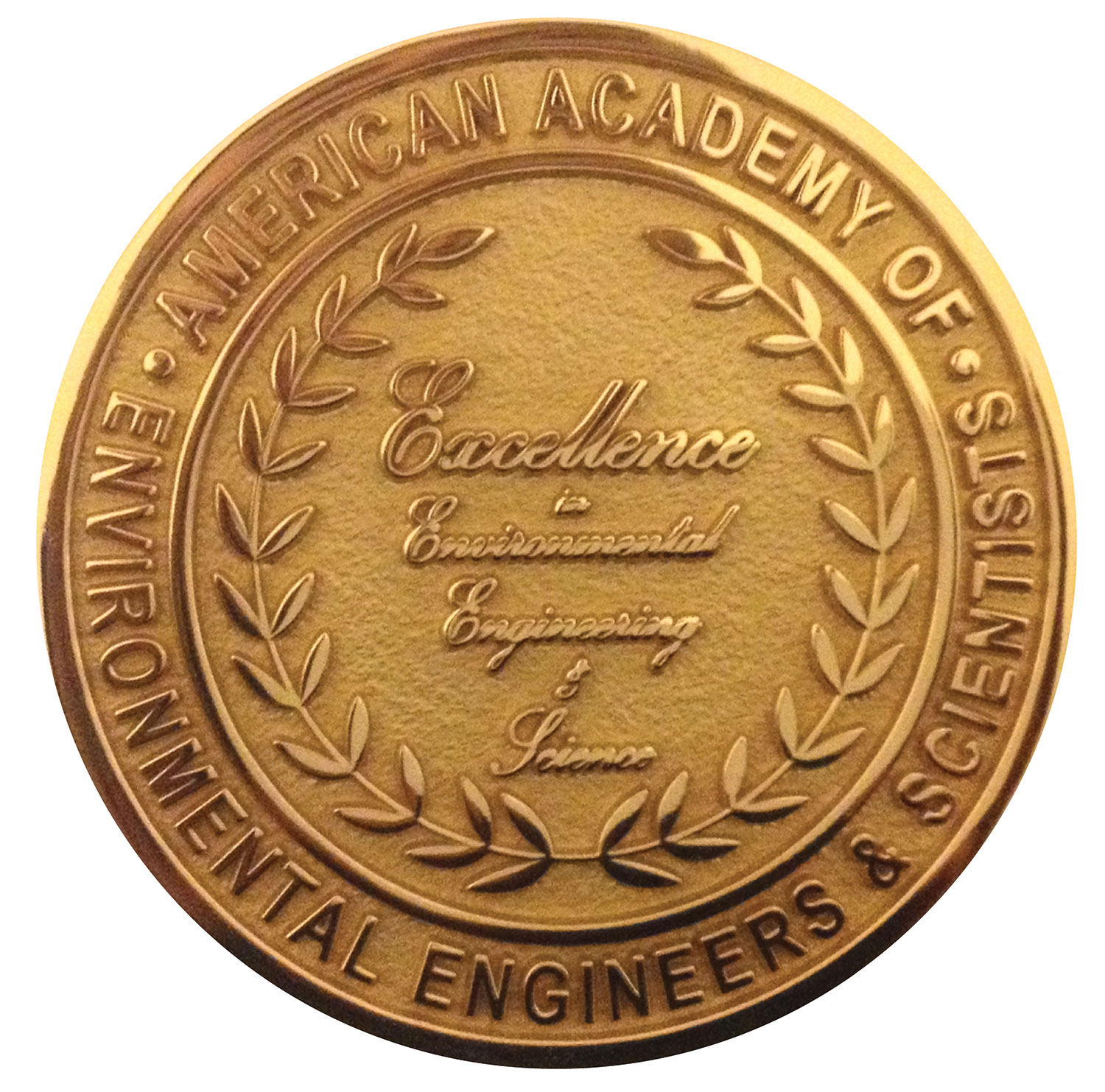
Honor Award - Industrial Waste PracticeMuscatine Organic Waste Recycling CenterEntrant: Stanley Consultants Entrant Profile The Muscatine Organic Waste Recycling Center is one of just three municipally owned food waste recycling facilities in the U.S. It’s the only one of its kind in the Midwest. Its unique ability to separate food waste from its packaging allows the processing of packaged food that would otherwise be landfilled because the labor costs to separate food from its packaging are prohibitive. The spinning paddles on the T42 Turbo Separator break open packaging and separate the organic waste from its containers. The captured organic waste is homogenized and then fed into the same anerobic digesters that clean the city’s municipal wastewater by converting organic solids into biogas. The facility is putting Muscatine on the map as a regional hub for organics recycling. Stanley Consultants has been the prime consultant and engineer for the project for over seven years. During this time the firm has provided a variety of design concepts as the project evolved, as well as preliminary and final design and permitting. The firm has provided multiple studies and analyses, including:
Stanley Consultants provides program management, planning, engineering, and environmental services worldwide. Project DescriptionCOMPREHENSIVE INTEGRATED APPROACHRecycling was a central feature of this project with many of its facilities being repurposed/ recycled from previous uses. Land
Air Quality
Water
QUALITY”Like the Apollo moon shot, we took a leap of faith,” said City of Muscatine’s Water and Resource Recovery Facility Director Jon Koch. “The innovative approaches we took were proven to work and the end product has been better than what we envisioned.” Phase 2 of the project is in the planning stages. Koch’s long-term vision is to produce enough methane to power city vehicles, inject into gas pipeline or produce renewable electricity situated in a microgrid to supply heat and power to while attenuating supply/demand fluctuations. Capturing and selling the gas could be used to stabilize rates. “It’s really a win-win-win,” said Koch. “Keeping the rates low for all our rate payers in Muscatine plus doing something good for the environment and cutting greenhouse gas emissions.” ORIGINALITY AND INNOVATIONThis unique center is one of just three municipally owned food waste recycling facilities of its kind in the US. It’s the only one in Iowa and the Midwest. “There isn’t anybody else doing this,” said Koch. “We are quickly becoming an epicenter for organic waste recycling.” The T42 Turbo Separator allows the processing of packaged foods that would otherwise be landfilled due to prohibitive labor costs. Its spinning paddles break open the packaging, separating organic waste from its containers. The packaging is collected for recycling or disposal. The captured organic waste is screened and discharged into a 35,000-gallon tank for blending. The homogenized waste is then continuously fed, via metered injection, into the same anerobic digesters that operate to clean the city’s municipal wastewater by converting organic solids into biogas. As a result, gas production is up five times over what it was before. Being municipally owned provides vertical integration not available to corporate-owned facilities, such as the ability to use the City’s Transfer Station and anerobic digesters. COMPLEXITYThe first challenge was developing a concept that met the functionality, maintainability, and budget of the City of Muscatine. There are few similar facilities to model a design. The final concept was developed in close collaboration between the City and Stanley Consultants to bring forward the best of the existing facilities tailored to meet Muscatine’s situation. The second challenge was budget. Initial concepts started with a smaller building with limited tipping floor space and truck unloading. Recognizing facility insufficiencies, the revised design increased floor space, truck unloading and truck turning/queuing. When costs became too high, the City and Stanley Consultants worked to pivot, using an idle recycling center and simpler, smaller liquid receiving facility. The recycling center is a marrige of tried-and-true traditional engineering systems and processes outside of the general bounds of water engineering systems. With no established manual or process to follow the team had to create the entire process from scratch. There was a big learning curve. For example, the team worked through the logistics of truck unloading and materials staging, determining what to do with the waste stream, calculating the optimum metered injection rate for material going into the digesters and the impact it would have on the digesters. Treatment plant digesters are designed to process human waste with little organic value. Feeding high strength organic food waste to the digesters might be compared to feeding them rocket fuel. The food waste creates more biogas than traditional wastewater sludge so it’s critical to manage overall volumes, to feed it in a controlled manner and to maintain constant monitoring so that overall digestion process runs smoothly. The project marked the first time the Iowa DNR had been asked to permit this type of facility. It was necessary to work through issues related to how DNR views this type of facility. Ultimately it was permitted under the City’s wastewater permit as source separated material and not mixed waste requiring a solid waste permit. SOCIAL AND ECONOMIC ADVANCEMENTEconomicIn 2021 the center recycled 2,775 tons of organics and is on track to process 4,000 tons in 2022. It is funded by tipping fees of $45/ton. Based on projected revenue, it will pay for itself in four to seven years. Most waste is trucked in from local food manufacturers but business up to 200 miles away have expressed interest. It also receives food waste from four regional and two local grocery stores. SocialThe center has been very well supported by the City of Muscatine, residents and businesses. Multiple articles, broadcasts, webpages, presentations tours and webinars have spread the word that the Muscatine is on the cutting edge for municipal organic waste processing. Over 4,000 pounds of food waste have been collected in a free household organic waste collection bin available to residents. Local schools are piloting collection projects. Inquiries have been received from multiple municipalities, some in large metropolitan areas, who express interest in augmenting their own systems with a similar recycling center. Click images to enlarge in separate window. Click here to return to the list of 2022 winners. |

